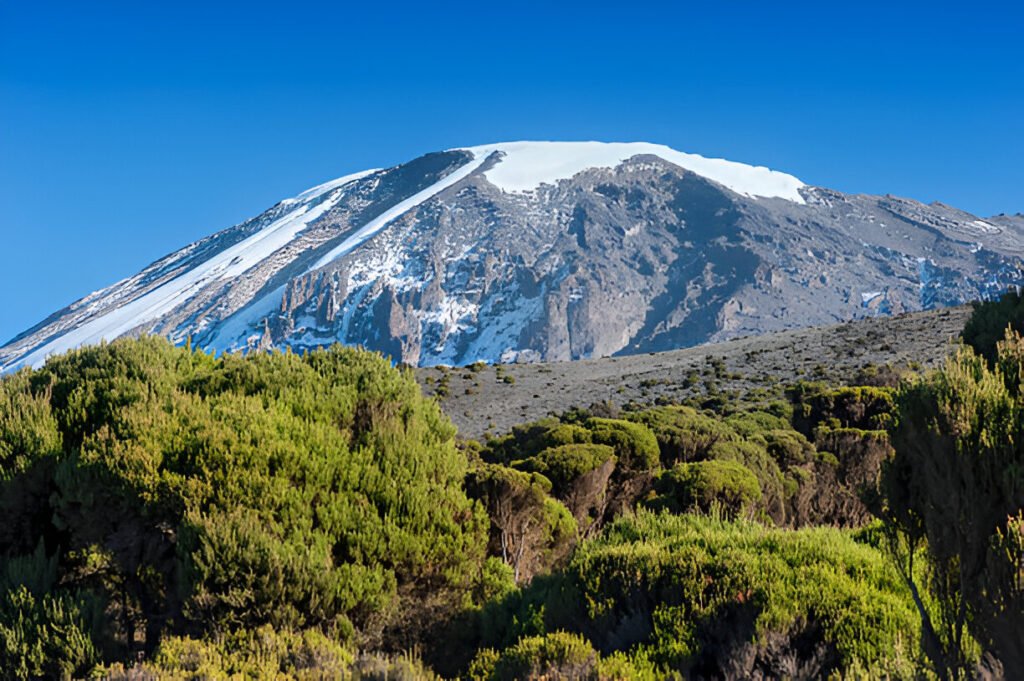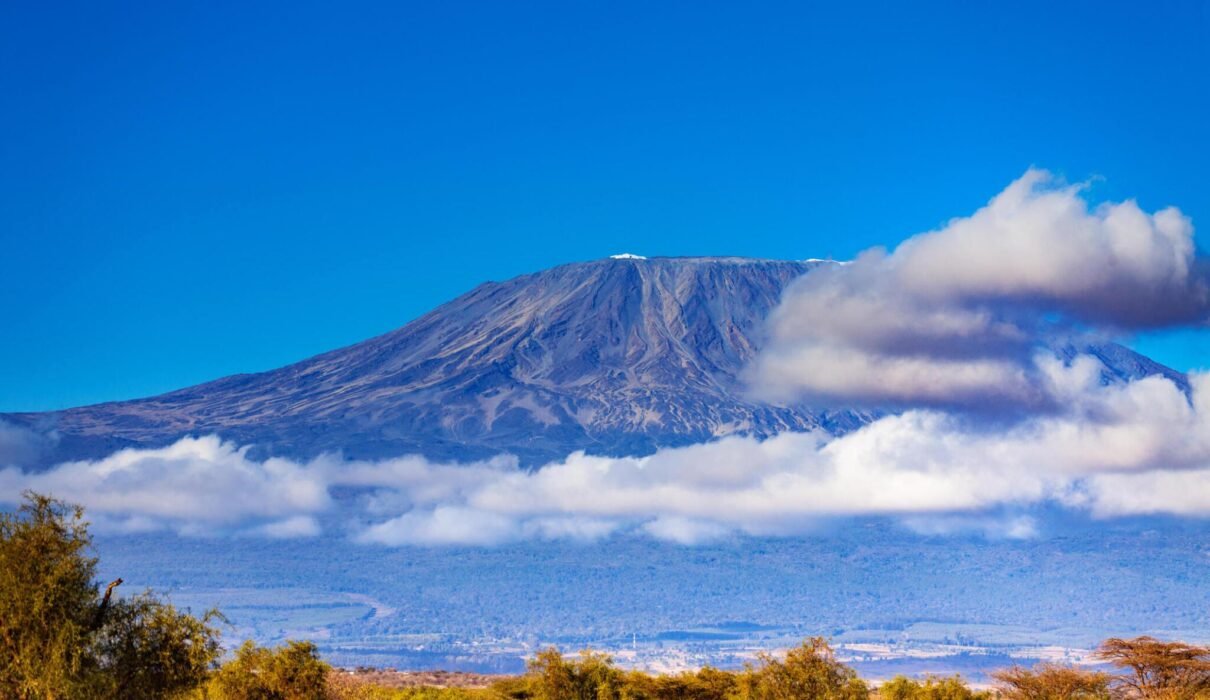5 Things You Must Make for Kilimanjaro in 2025 Climbing Mount Kilimanjaro is a challenge that many adventurers dream of tackling, and proper preparation can make all the difference. When planning your ascent for 2025 or 2026, knowing the 5 Things You Must Make for Kilimanjaro in 2025 can help you have a safe and successful climb. From choosing the right gear to understanding acclimatization, these tips ensure that you are fully ready for Africa’s tallest peak.
For more information on planning your Kilimanjaro climb, check out Kilimanjaro Climb Specialist and Eddy Tours and Safaris. They offer comprehensive guidance for climbers of all levels.

5 Things You Must Make for Kilimanjaro in 2025 Make a Packing List for Kilimanjaro Essentials
Why Packing Matters
Having the right equipment is crucial for a safe and comfortable climb. A well-prepared packing list ensures you have everything you need, from warm clothing to essential gear. When making your packing list, focus on layers to keep warm as you ascend through different climate zones.
- Warm Clothing: Temperatures drop significantly at higher altitudes, especially at night. Pack thermal layers, a down jacket, and a windproof outer layer.
- Hiking Boots: Comfortable, broken-in hiking boots are essential for the rough terrain. Ensure they are waterproof to protect your feet in case of rain.
- Sleeping Bag: A high-quality sleeping bag rated for sub-zero temperatures is necessary for the cold nights at higher camps.
For a detailed Kilimanjaro packing list, visit REI’s Guide.
5 Things You Must Make for Kilimanjaro in 2025 Gear That Makes a Difference
Trekking poles, headlamps, and a reliable daypack are also crucial for your comfort and safety during the climb. Trekking poles can reduce stress on your knees during steep sections, while a good headlamp is essential for the summit push, which starts before dawn.
- Learn more about the importance of trekking poles at Trekking Poles Guide.
2. Make Time for Physical Training
5 Things You Must Make for Kilimanjaro in 2025Why Physical Fitness Is Key
Physical fitness plays a vital role in your Kilimanjaro success. Training helps build the stamina and strength needed for long trekking days and steep ascents. Focus on cardiovascular exercises, strength training, and hiking with a backpack to prepare your body for the challenge.
- Cardio Training: Activities like running, cycling, and swimming help improve endurance. Aim for at least 30 minutes of cardio exercises, 3-4 times a week.
- Strength Training: Strengthen your legs, core, and back to handle the demands of carrying a backpack and ascending steep trails.
- Practice Hikes: Try to do practice hikes with a loaded backpack. This will help you get used to carrying weight and walking on uneven surfaces.
For a complete guide on training for Kilimanjaro, visit Mountain IQ.
5 Things You Must Make for Kilimanjaro in 2025, Make Acclimatization a Priority

Understanding Acclimatization
5 Things You Must Make for Kilimanjaro in 2025, Acclimatization is critical for avoiding altitude sickness, which is a common challenge on Kilimanjaro. The key to acclimatization is ascending slowly, allowing your body time to adjust to lower oxygen levels as you climb.
- Climb High, Sleep Low: This strategy involves climbing to a higher altitude during the day and descending to sleep at a lower camp. It helps your body adjust to the altitude changes.
- Stay Hydrated: Drinking plenty of water helps prevent dehydration, which can worsen the symptoms of altitude sickness. Aim for at least 3-4 liters per day.
- Listen to Your Body: If you experience headaches, dizziness, or nausea, slow down and inform your guide immediately. Pushing through symptoms can be dangerous.
For more information on acclimatization, visit Altitude.org.
5 Things You Must Make for Kilimanjaro in 2025 , Make the Right Route Choice
Popular Routes to Consider
Choosing the right route is one of the 5 things you must make for Kilimanjaro. Each route has its own challenges and benefits, and selecting the best one for your experience level and preferences can greatly influence your trek.
- Machame Route: Known for its scenic beauty, the Machame Route offers a gradual ascent over 6 or 7 days. It’s great for acclimatization and is one of the most popular routes.
- Marangu Route: Also known as the “Coca-Cola Route,” this is the only Kilimanjaro path with hut accommodations. It is a more direct route, typically completed in 5 or 6 days.
- Lemosho Route: Ideal for those who want a quieter trail, the Lemosho Route starts from the west and offers stunning views of the Shira Plateau. It’s often completed in 7-8 days for better acclimatization.
For detailed comparisons of Kilimanjaro routes, check out Climb Kilimanjaro Guide.
Consider Your Experience Level
Your choice of route should match your physical condition and experience level. Beginners may prefer the Marangu Route for its comfort, while those looking for a more scenic experience may choose Machame or Lemosho.
- Explore route options at Kilimanjaro Routes.
5. Make Arrangements with a Reputable Tour Operator
Why a Good Operator Matters
Booking with a reputable tour operator ensures you have experienced guides, proper safety measures, and quality support throughout your trek. Guides play a crucial role in keeping you safe, helping with acclimatization, and leading you through the right path.
- Experienced Guides: They are knowledgeable about the mountain, know how to handle emergencies, and provide guidance on pacing and rest.
- Quality Gear and Food: A good operator will ensure that you have access to clean water, nutritious meals, and quality camping gear.
For more details on booking your Kilimanjaro trek, visit Kilimanjaro Climb Specialist or Eddy Tours and Safaris.
5 Things You Must Make for Kilimanjaro in 2025 , Check Reviews and Testimonials
Before booking, read reviews and testimonials to ensure that the operator has a strong track record of safety and customer satisfaction. Look for feedback on the quality of guides, the condition of equipment, and the overall experience.
- Find trusted reviews at TripAdvisor and Trustpilot.
FAQs about the 5 Things You Must Make for Kilimanjaro in 2025
1. What is the most important item to pack for Kilimanjaro?
A good pair of hiking boots is essential. They should be comfortable, waterproof, and well broken-in to handle the varied terrain of Kilimanjaro.
2. How long should I train for Kilimanjaro?
It’s recommended to start training at least 2-3 months before your climb. Focus on building your endurance and strength to prepare for the long trekking days.
3. What is the best time to climb Kilimanjaro?
The best time to climb Kilimanjaro is during the dry seasons, from June to October and December to February. These months have the best weather conditions and clearer views.
4. Which Kilimanjaro route has the highest success rate?
The Lemosho and Machame routes have high success rates due to their longer itineraries, which allow better acclimatization.
5. How can I prevent altitude sickness on Kilimanjaro?
Take your time, stay hydrated, and choose a route that offers a longer acclimatization period. Listen to your guide’s advice and do not rush the ascent.
Ready to plan your Kilimanjaro climb for 2025 or 2026? Visit Kilimanjaro Climb Specialist or Eddy Tours and Safaris to get started with expert guidance and reliable tour packages.

